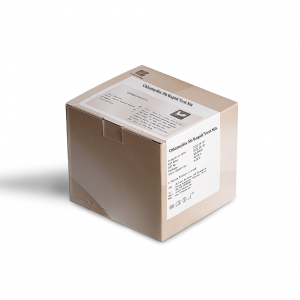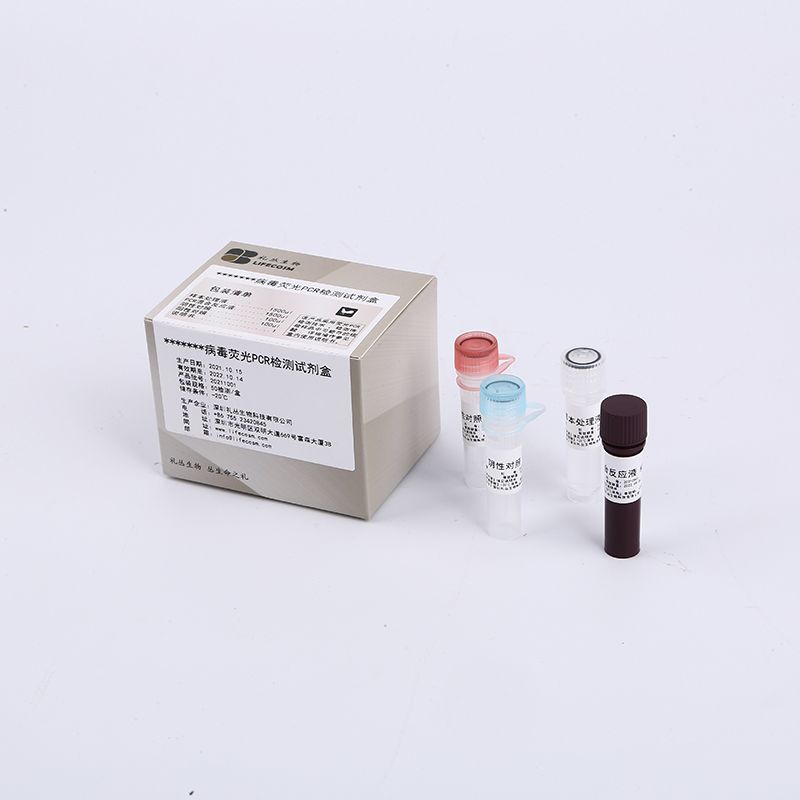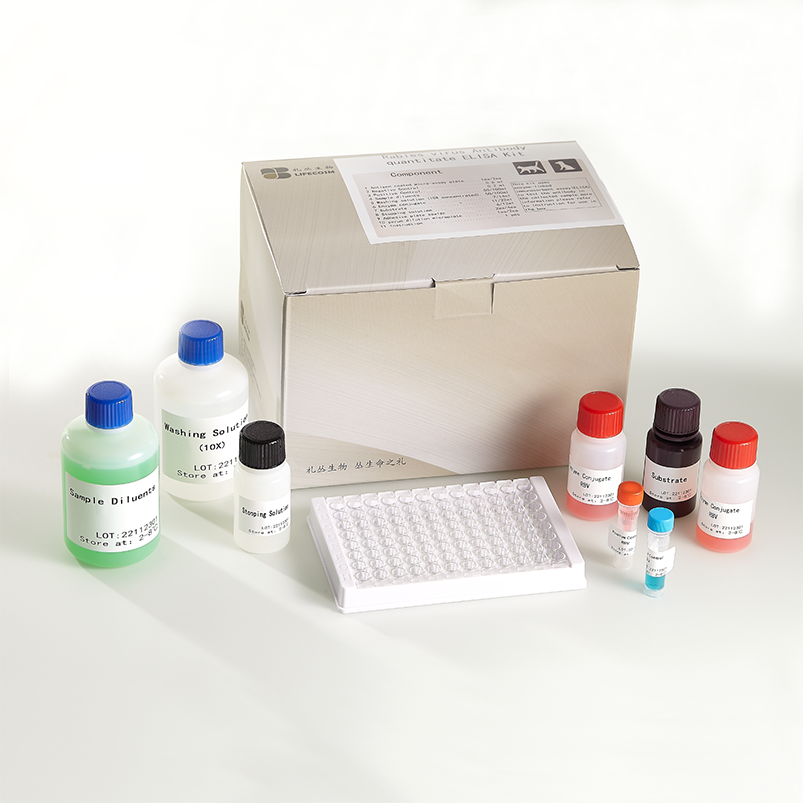
Products
Lifecosm Chlamydia Ab Rapid Test Kit for veterinary diagnostic test
Chlamydia Ab Rapid Test Kit
| Summary | Detection of specific Antibody of Chlamydia within 15 minutes |
| Principle | One-step immunochromatographic assay |
| Detection Targets | Chlamydia antibody |
| Sample | Serum
|
| Reading time | 10~ 15 minutes |
| Quantity | 1 box (kit) = 10 devices (Individual packing) |
| Contents | Test kit, Buffer bottles, Disposable droppers, and Cotton swabs |
|
Caution |
Use within 10 minutes after opening
Use appropriate amount of sample (0.1 ml of a dropper) Use after 15~30 minutes at RT if they are stored under cold circumstances Consider the test results as invalid after 10 minutes |
Information
Chlamydiosis is an infection in animals and humans due to bacteria in the family Chlamydiaceae. Chlamydial disease ranges from subclinical infections to death depending on the chlamydial species, host, and tissue infected. The range of host animals of bacteria in the order Chlamydiales encompasses more than 500 species, including humans and wild and domesticated mammals (including marsupials), birds, reptiles, amphibians, and fish. Known chlamydial species host ranges are expanding, and most species can cross host barriers.
Because chlamydial disease affect numerous hosts and cause a variety of clinical manifestations, definitive diagnosis often requires multiple test modalities.
Etiology of Chlamydiosis in Animals
Bacteria that cause chlamydiosis belong to the order Chlamydiales, which consists of gram-negative, obligate intracellular bacteria with a biphasic developmental cycle that can infect eukaryotic hosts.
The family Chlamydiaceae contains a single genus, Chlamydia, which has 14 recognized species: C abortus, C psittaci,Chlamydia avium, C buteonis, C caviae, C felis, C gallinacea, C muridarum, C pecorum, C pneumoniae, C poikilotherma, C serpentis, C suis, and C trachomatis. There are also three known closely related Candidatus species (ie, uncultured taxa): Candidatus Chlamydia ibidis, Candidatus Chlamydia sanzinia, and Candidatus Chlamydia corallus.
Chlamydial infections are found in most animals and can come from several species, occasionally concurrently. Although many species have a natural host or reservoir, many have been shown to cross natural host barriers. Research has identified one of the genes that allows chlamydial species to obtain new DNA from its surrounding environment to protect itself from host defenses while also replicating in large numbers so that it can spread to surrounding cells.










